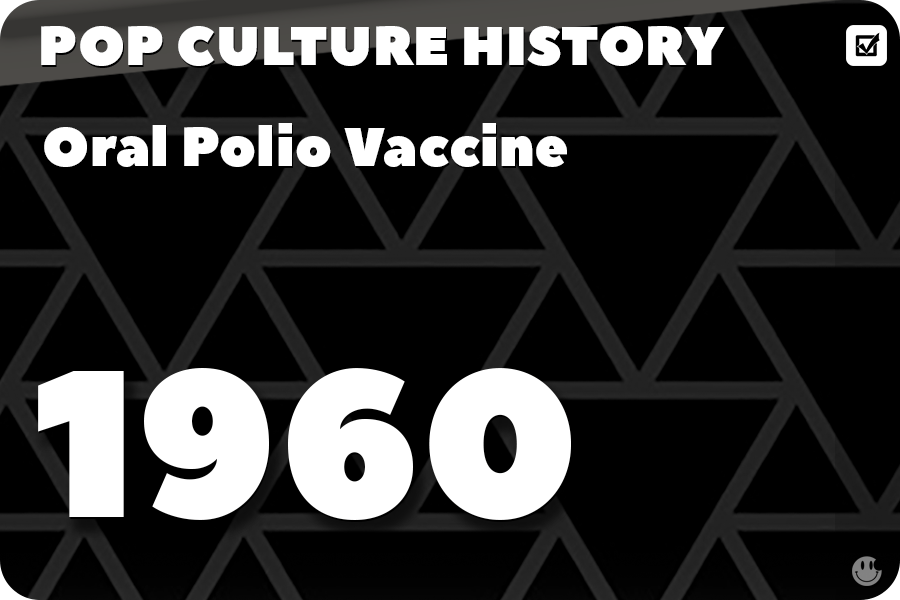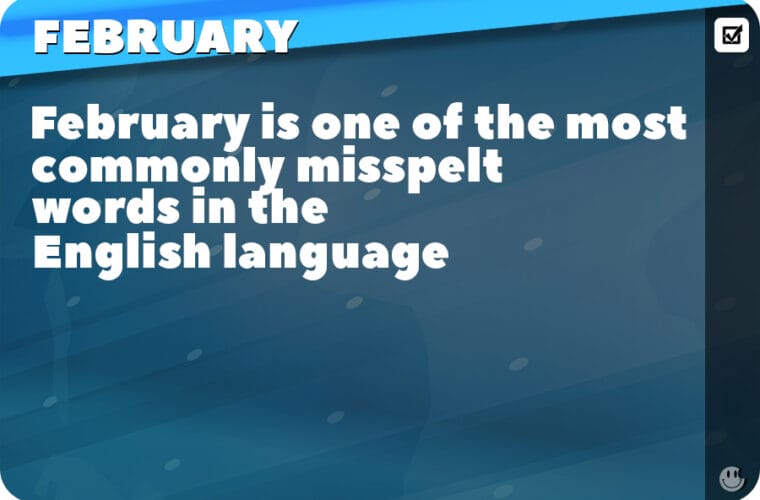 |
Oral Polio Vaccine |
The distribution of the Sabin oral polio vaccine had a transformative impact on global public health, significantly reducing the incidence of polio and the debilitating effects associated with the disease. The first large-scale use in the United States was April 24, 1960, on “Sabin Sunday”, when thousands of residents of Greater Cincinnati received Sabin’s polio vaccine on cubes of sugar. In the early 1960s, Dr. Albert Sabin, an American medical researcher, developed an oral polio vaccine (OPV) that used a weakened, live form of the poliovirus. This was a significant advancement over the existing injectable polio vaccine developed by Dr. Jonas Salk, which used a killed virus. The oral vaccine offered several advantages, including ease of administration, lower cost, and the ability to provide longer-lasting immunity. The Sabin oral polio vaccine was first distributed in the United States in 1961, and its use rapidly expanded to other countries. By the mid-1960s, mass vaccination campaigns were underway in many parts of the world, including the Soviet Union, which played a significant role in testing and promoting the vaccine. The vaccine’s success was evident as the number of polio cases began to decline dramatically in countries where it was introduced. The widespread use of the Sabin oral polio vaccine profoundly affected pop culture and public perception of disease prevention. Polio, which had once been a terrifying and crippling disease, was now seen as a preventable condition. The vaccine’s success helped to build public trust in the power of immunization and the importance of science in addressing public health challenges. Furthermore, the development and distribution of the Sabin oral polio vaccine inspired global cooperation and collaboration in the fight against infectious diseases. In 1988, the World Health Organization (WHO), UNICEF, and Rotary International launched the Global Polio Eradication Initiative (GPEI) to eradicate polio worldwide. As a result of these efforts, polio cases have decreased by more than 99% globally, and the disease remains endemic in only two countries, Afghanistan and Pakistan. In summary, the distribution of the Sabin oral polio vaccine played a pivotal role in reducing the incidence of polio worldwide, altered public perception of disease prevention, and set the stage for global collaboration in combating infectious diseases. |









